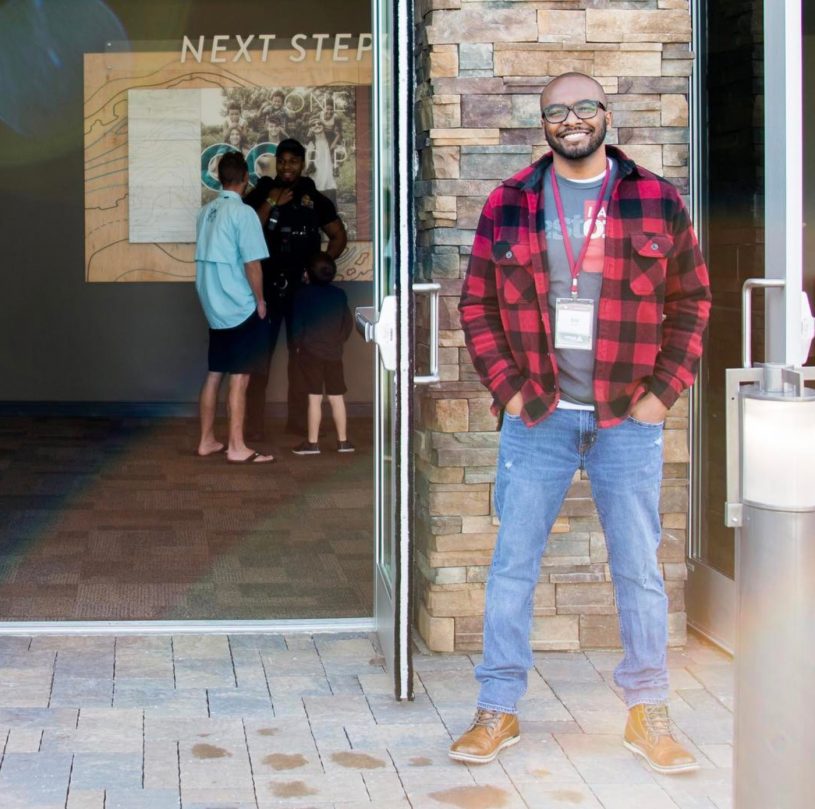Dr. Ed Stetzer asked me to briefly join his Wheaton College graduate course on leadership via Skype last week. We had a blast!
Ed’s a brilliant guy and always asks stimulating and challenging questions. (His students asked great questions too!) I’d like to share a little of our interaction from his first question.
Dr. Stetzer asked me about how the Church’s view and value of leadership has changed, and if we will see a new focus on leadership in years to come. The following is a summary of my response.

First, I think we need to back up to catch a quick context, then come to what’s happening today with the Boomers, Gen X’ers, and the Millennials.
The Jesus movement took place in the 60’s and early 70’s. Each succeeding era is often in reaction to the previous era. In this case, the 80’s ushered in the practice of business principles and the corporate model of church leadership. At first, it was resisted, but it soon gained widespread acceptance.
In the 90’s we experienced a reaction to the corporate vibe in the church, and church leaders began to flatten org charts and declare a more collaborative “softer side” to leadership.
From the 2,000’s on we’ve gained a better balance and integration of spiritual emphasis and business principles. We’re no longer afraid of business wisdom that keeps spiritual principles primary.
What’s in play now is perhaps the largest generational transition of leaders we’ve ever known.
Currently, the Boomers and Gen X’ers own the majority of leadership in the local church, and the Millennials are ready and waiting to take the reins.
How that baton is handed off is critical to the future of the church.
- If the Boomers and X’ers become entrenched, we’re in trouble.
- If the Millennials feel entitled, we’re in trouble.
- What is needed is an intentional exchange that leads to authentic empowerment.
It’s not about who’s in power, it’s about how we empower the next generation.
The new focus will be (already is) what I’m calling the Great Transition. I believe there are three vital parts for this transition to be successful.
1) Trust
The whole transition is based on trust. The Millennials need to trust the Boomer’s and Gen X’ers wisdom and experience. The Boomers and Gen Xer’s need to trust the Millennials potential, innovative approach to current culture, and ability to eventually lead us all into the future.
For this to work, we must all be trustworthy in character and competence, or the process of a healthy and fruitful transition breaks down. The moment it becomes about you or me, instead of the greater we, tension takes over, and territorialism kicks in. A stalled church is the result.
If that happens, the Boomers will try to protect their power, and the Millennials will seek to take it. This would be an epic failure in individual churches and for the Church overall.
It all comes down to individual people. We can talk regarding generations and movements, but in the end, it’s people. It will always come down to two people in the moment. It’s personal. For example, with Bob the Boomer and Mark the Millennial – the question on the table will be: Do they trust each other?
Bob and Mark must have each other’s best interest at heart. If they do, the potential is great.
2) Partnership
Once trust is established at a personal level, genuine partnership can be established based on the vision of the church and future success.
Partnerships are the agent of the transition.
Let me give you a personal example. I’m a Boomer. I serve as the XP and Chief of Staff at 12Stone Church in the suburbs of Atlanta, GA. I’ve been in my role for 15 years. About two years ago the Senior Pastor (Kevin Myers) and I began to partner with a young leader (Jason Berry) as our first Associate Executive Pastor (XP). This leadership partnership has proven invaluable.
Partnerships make leadership stronger.
Jason and I as individuals bring unique contributions to the table that make us better than if we operated independently.
Partnerships increase the innovative nature of leadership.
Click & Tweet!
Creativity toward “new and improved” is always enhanced by healthy partnerships. When two or more are committed to the same vision, innovative problem-solving that results in progress and momentum are greatly enriched.
Partnerships make leadership fun.
Jason helps me keep up with technology. OK, let’s get real, he laughs at how much I don’t keep up with technology!
3) Empowerment
This is where the rubber meets the road. Will Jennie the Gen Xer indeed hand over the keys to Jeff the young Millennial? This doesn’t happen overnight, but it needs to start happening now. The current leaders must trust, partner with, and empower the next gen to lead!
How does this translate into practical reality? It means that we need to be handing real responsibility, decision-making authority, and access to resources over to younger leaders.
- Again, this doesn’t happen overnight, but have you started?
- What are your plans?
- Have you identified capable young leaders?
- Who are the apprentices on your staff or among key volunteer leaders?
- Are you developing them so they can rise-up?
Don’t worry about doing it perfectly, none of us will. But be consistent in practicing empowerment.
Let me return to the story in the previous point.
I’ve trusted Jason with a significant amount of real leadership responsibility, and Jason has risen quickly in influence as a highly capable young leader. Jason is also doing the same with Millennials younger than he is.
This process must be duplicated countless times now and in the years to come so this transition can be successful in thousands of churches. The future of the church depends on it! This process then translates back out from the personal level to the transition between generations as a whole.
Thanks Ed, for asking such a thought-provoking question.
*Ed Stetzer, serves as Executive Director of the Billy Graham Center for Evangelism. He has planted, and pastored churches, trained pastors on six continents, holds two masters degrees and two doctorates, and has written dozens of articles and books. Plus, he has just about the coolest goatee, well, in the history of goatees!



